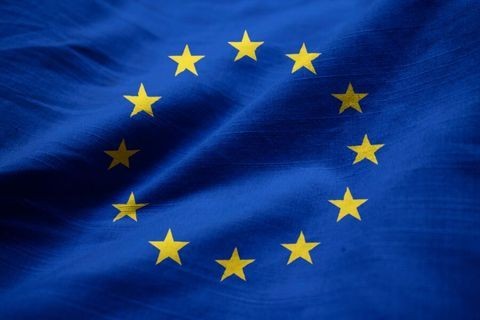Pushing the Envelope on Insider Trading
Client Alert | 2 min read | 07.23.09
On July 22, 2009, the SEC prevailed in a cutting edge insider trading case when the United States Court of Appeals for the Second Circuit held that there is no fiduciary duty requirement for insider trading. Under this ruling, insider trading may be prosecuted under a premise that is not based on either of the two generally accepted theories of insider trading: the traditional theory or misappropriation theory. According to the Second Circuit, if deception is used to gain access to material nonpublic information, trading on the basis of that information is illegal insider trading regardless of whether a fiduciary obligation was violated. This decision illustrates the aggressive stance that the SEC is taking to combat insider trading.
In SEC v. Dorozhko, Dkt No. 08-201-cv (2nd Cir. July 22, 2009), the SEC alleged that the defendant, a Ukrainian national and resident, traded on inside information that he acquired by hacking into a secure server and downloading an earnings report prior to its disclosure. The District Court denied the SEC's request for a preliminary injunction, reasoning that since the defendant was a corporate outsider, he had no fiduciary duty to either the issuer or the owner of the secure server.
The Second Circuit concluded that neither Chiarella v. United States, 445 U.S. 22, (1980), United States v. O'Hagan, 521 U.S. 642 (1997), nor SEC v. Zandford, 535 U.S. 813 (2002), require a breach of a fiduciary duty as an element of all insider trading violations. The court added that even if an individual does not have a fiduciary duty to "disclose or abstain from trading," an affirmative obligation to not mislead still exists in commercial dealings. Since the defendant may have misrepresented himself (if his form of hacking involved a misrepresentation) to gain access to material, nonpublic information, the court believed the SEC should not be foreclosed from proceeding on this "straightforward theory of fraud." Importantly, the court adopted the "SEC's proposed interpretation of Chiarella and its progeny: 'misrepresentations are fraudulent, but . . . silence is fraudulent only if there is a duty to disclose.'" Since the alleged form of hacking was uncertain, the Second Circuit remanded the case for a determination of whether the hacking at issue involved a fraudulent misrepresentation that was deceptive, as opposed to mere theft.
Contacts
Insights
Client Alert | 14 min read | 12.22.25
European Commission Proposes Biotech Act to Boost Health Biotechnology in the EU
On December 16, 2025, the European Commission published its proposal for a regulation establishing a European Biotech Act to strengthen the EU's biotechnology and biomanufacturing sectors with a primary focus on health.
Client Alert | 11 min read | 12.22.25
European Commission Proposes Simplifying the Rules on EU Medical and In-Vitro Diagnostic Devices
Client Alert | 3 min read | 12.22.25
Second Circuit Expands District Court Review of Magistrate Judge Report and Recommendations
Client Alert | 2 min read | 12.19.25




